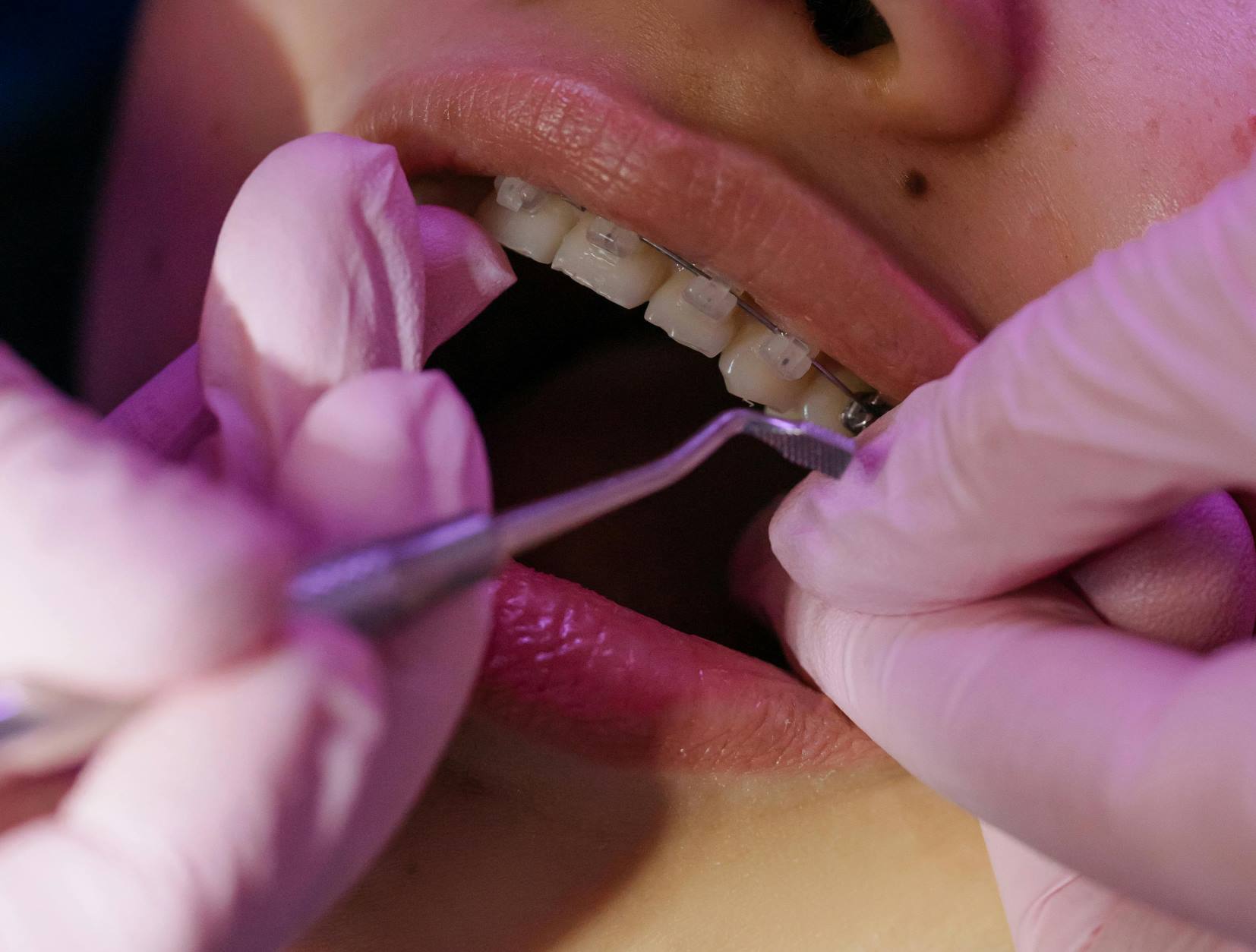Orthodontics (Braces Treatment)
Orthodontics is a specialized field of dentistry that focuses on aligning the teeth and jaws properly. Orthodontists aim to position teeth and jaws in an aesthetically pleasing and functionally ideal manner, often using braces and other orthodontic devices.

